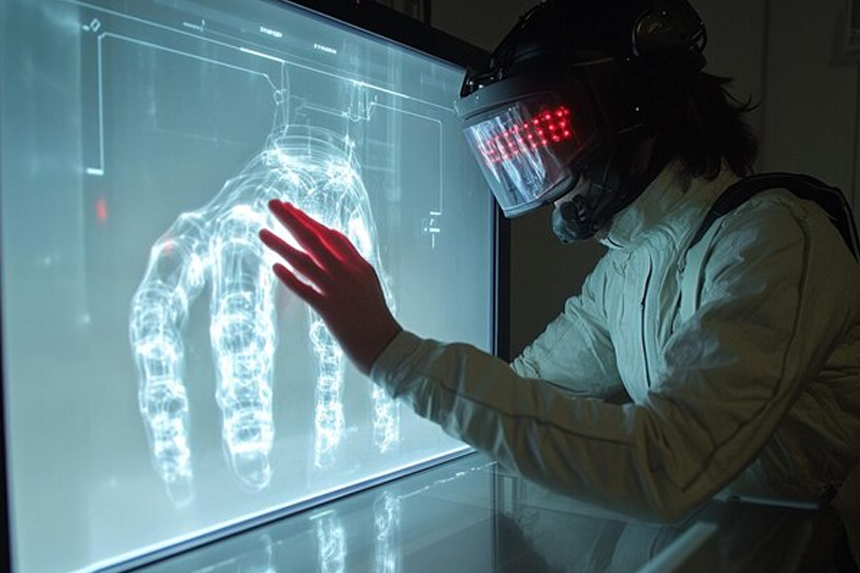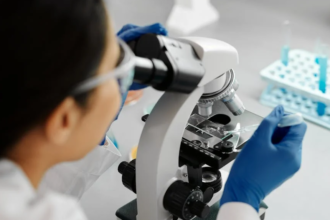What is the Role of AI in X-Ray Analysis?
Artificial intelligence (AI) is poised to revolutionize doctors’ X-ray analysis, particularly in identifying fractures and broken bones. According to the National Institute for Health and Care Excellence (NICE), integrating AI technology in urgent care settings can significantly improve diagnostic accuracy and efficiency.
- What is the Role of AI in X-Ray Analysis?
- Why is There a Need for AI in X-Ray Analysis?
- How Does the Shortage of Healthcare Workforce Affect AI Implementation?
- Which AI Tools Are Set for Recommendation?
- How Can AI Optimize Workflow and Reduce Follow-ups?
- What Is the Broader Potential of AI in Healthcare?
- What Are the Next Steps for AI Integration in X-Ray Analysis?
Why is There a Need for AI in X-Ray Analysis?
Research indicates that AI technology is safe and could expedite diagnosis, thereby alleviating clinicians’ workload and reducing the necessity for follow-up appointments. NICE has identified that broken bones are missed in approximately 3-10% of cases, making this the most common diagnostic error in emergency departments.
Afghanistan Faces Growing Maternal Health Crisis
Given the pressure and demands these professional groups work under, AI technologies are safe to use and could spot fractures that humans might miss.
How Does the Shortage of Healthcare Workforce Affect AI Implementation?
The shortage of trained professionals in the NHS further underscores the need for AI support. With vacancy rates of 12.5% for radiologists and 15% for radiographers, the healthcare system faces significant challenges in providing timely and accurate imaging assessments. The trained experts who analyze thousands of X-ray images daily are under immense pressure, making it imperative to harness AI capabilities.
Which AI Tools Are Set for Recommendation?
In light of these challenges, NICE plans to recommend four AI tools for use in urgent care across England. These tools will work with healthcare professionals, as a qualified radiologist will review each X-ray image. This collaborative approach will enhance diagnostic accuracy, as it is “better than a clinician looking at images on their own.”
How Can AI Optimize Workflow and Reduce Follow-ups?
Integrating AI tools could also lead to faster diagnoses and minimize the number of unnecessary follow-up appointments that arise from missed fractures during initial assessments. AI tools could speed up diagnosis and reduce the number of follow-up appointments needed because of a fracture missed during an initial assessment.
What Is the Broader Potential of AI in Healthcare?
The potential applications of artificial intelligence in healthcare extend beyond X-ray analysis. AI is already being employed to detect the earliest signs of breast cancer on scans, identify individuals at high risk for heart attacks, and even predict future pandemics. The breadth of AI’s capabilities signifies a transformative shift in healthcare delivery.
What Are the Next Steps for AI Integration in X-Ray Analysis?
A consultation period regarding the draft NICE guidance on using AI in X-ray analysis will conclude on 5 November. As the healthcare sector continues to evolve, integrating AI tools promises to enhance diagnostic accuracy and streamline workflows, ultimately leading to improved patient care and outcomes.
Shocking Cyber Attack Sabotages Musk-Trump Interview: Are the 2024 Elections Under Digital Siege?








